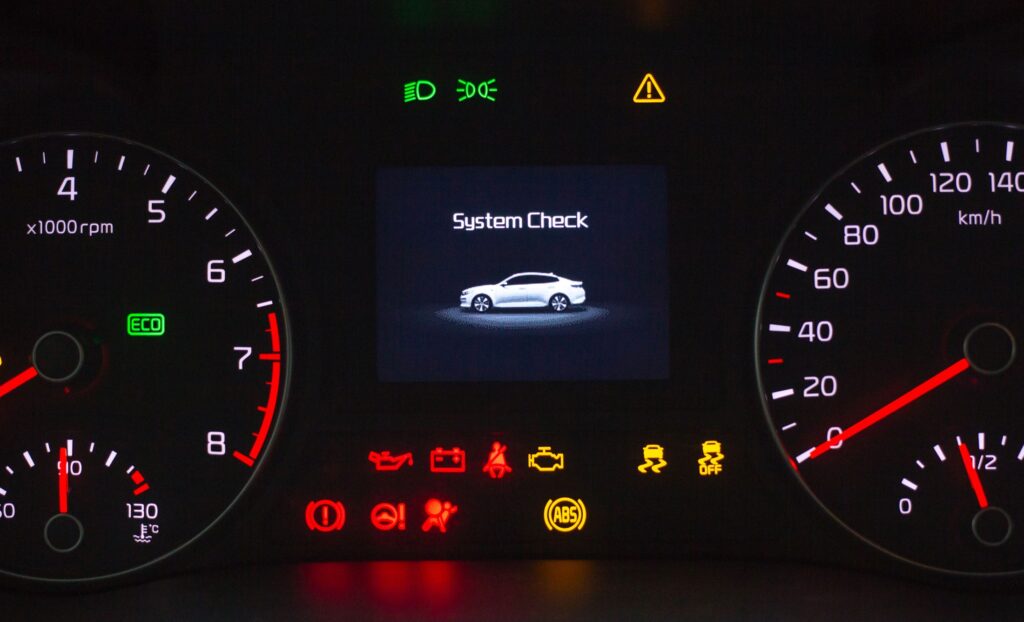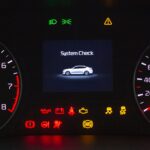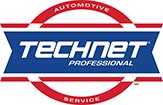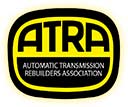The dreaded check engine light – it’s a familiar sight for many drivers and often a source of anxiety. While seeing the light illuminate on your dashboard can be concerning, it’s essential to understand that it serves as an early warning system, alerting you to potential issues with your vehicle’s engine or emissions systems. In this blog, we’ll discuss how to decode the check engine light and understand what it means, empowering you to take the necessary steps to address any underlying problems.

Understanding the Check Engine Light
The check engine light, also known as the malfunction indicator lamp (MIL), is part of your vehicle’s onboard diagnostics (OBD) system. When the OBD system detects a problem with your vehicle’s engine or emissions systems, it triggers the check engine light to alert you to the issue. While the light itself doesn’t provide specific details about the problem, it serves as a signal that diagnostic trouble codes (DTCs) have been stored in the vehicle’s computer system.
Decoding Diagnostic Trouble Codes
To determine the cause of the check engine light, you’ll need to retrieve and decode the diagnostic trouble codes stored in your vehicle’s computer system. This can be done using an OBD-II scanner, which is a handheld device that plugs into your vehicle’s OBD port (usually located under the dashboard). Once connected, the scanner will communicate with your vehicle’s computer system and retrieve any stored DTCs.
Interpreting DTCs
Each diagnostic trouble code corresponds to a specific issue or problem detected by the OBD system. DTCs are alphanumeric codes that provide information about the nature and location of the problem. For example, a P0300 code indicates a random misfire detected in one or more cylinders, while a P0171 code indicates a lean fuel mixture condition in the engine.
Common Causes of Check Engine Light Activation
While there are hundreds of possible DTCs that can trigger the check engine light, some common causes include:
- Oxygen sensor failure
- Loose or damaged gas cap
- Faulty catalytic converter
- Ignition system problems
- Emission control system malfunctions
- Engine misfires
- Vacuum leaks
Taking Action
Once you’ve retrieved the diagnostic trouble codes and identified the underlying issue, it’s essential to take appropriate action to address the problem. Depending on the severity and nature of the issue, you may need to perform repairs yourself or take your vehicle to a qualified mechanic for diagnosis and repair. Ignoring the check engine light can lead to further damage to your vehicle and potentially more costly repairs down the line.
Don’t Ignore Your Check Engine Light
The check engine light serves as a valuable diagnostic tool that alerts drivers to potential issues with their vehicle’s engine or emissions systems. When this light comes on, bring your car to the experienced auto mechanics of Ken’s Automotive & Transmissions. We’ll find the root cause of your check engine light turning on and promptly address any problems to get you back on the road sooner. Contact us today to schedule an appointment.














